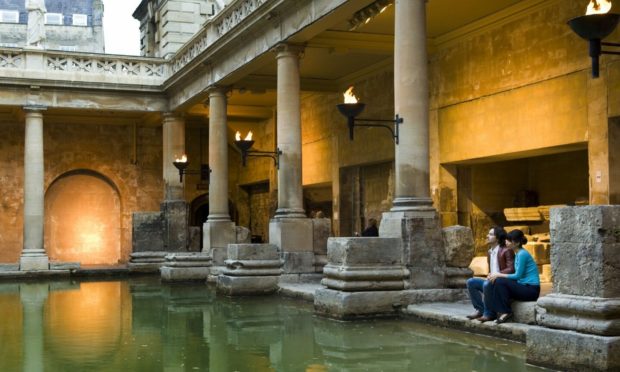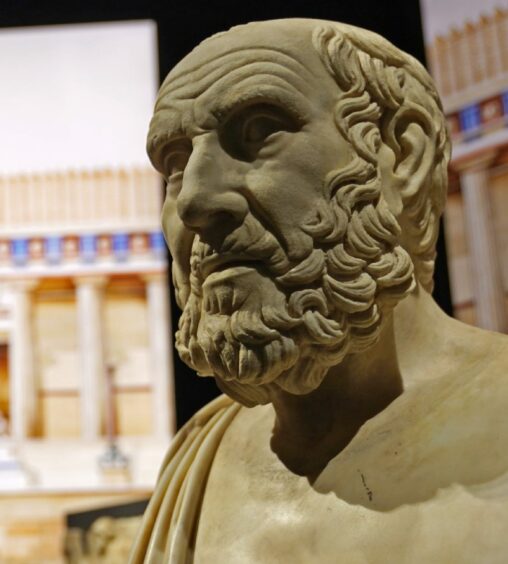Traditional spas are often associated with Roman baths, but there is evidence spa-type therapies existing long before that empire was founded.
The practice of traveling to hot or cold springs in the hope of effecting a cure of some ailment is said to date back to prehistoric times.
Archaeological investigations near hot springs in France and Czech Republic revealed weapons and offerings from the Bronze Age which began around 3,300BC.
Hippocrates recommended a scented massage every day
Champneys Health Spa, which has six UK locations, says: “One of the first written accounts of bathing being used as a curative process rather than a simple hygiene ritual was by ancient Greek philosopher Hippocrates, who was alive between 460BC and 370BC.
“Hippocrates proposed that the cause of all ailments was an imbalance of bodily fluids, and advocated that ‘the way to health is to have an aromatic bath and scented massage every day’.
“This process using bathing as a treatment of disease is known as balneotherapy and is considered the founding principle of spa-going. Its influence can be seen today in everything from mineral-infused treatments or jumping in the hot tub after a swim to thalassotherapy – swimming in seawater to heal the skin.”
Champneys adds that, in their early history, the primary use of curative baths was to heal the wounds of Roman soldiers during the reign of Augustus from 27BC to 14AD.
It goes on: “At this time there were approximately 170 baths, known as a thermae, in Rome and it didn’t take long before all the city’s citizens began to view baths as a form of rest and relaxation. It was in 70AD that the Romans built a thermae bath spa around the hot springs at Bath – the first of its kind in Britain.
From Bath to Belgium
“In 1326, Collin le Loup, an ironmaster from Liege, Belgium, discovered the chalybeate springs in the town of Spa, Belgium.
“A famous health resort eventually grew around these springs and the term ‘spa’ came to refer to any health resort located near natural springs, with individual springs being associated with the disease they were thought to benefit.”
Crerar Hotels’ boss confirms strong demand for post-lockdown pampering
Global spa market poised for take-off over next few years
Planners back vision for luxury resort at Deeside – despite concerns hotel may never be built

